CONSERVATION CORNER
A weekly blog for all things conservation
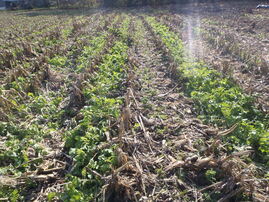 By: Kevin Brown, BCCD In case you missed last week’s meeting, I will give a quick overview of some of the information that was gone over at the meeting. First off, ANYONE that owns a farm animal needs to have a Manure Management Plan. Period. One chicken, one cow, one horse, etc. Now before you go getting all jacked up, it is easy as pie to do. We all know of an operation somewhere that only has a few animals and they are having a huge impact on the stream. (That’s PC for what’s really going on). This is why it applies to anyone having a farm animal. Now, if you want to write the plan yourself, go to www.paonestop.psu.edu and you have the ability to write your own plan. You do not need to send it in anywhere. No one needs to verify it. You just keep it, and keep records on where your manure goes. If you have any questions, contact me and I will help you work through it. For an operation with only a few animals, it won’t take long at all. And, if DEP or the Conservation District stops for any reason, it will be the first thing they ask for. It is law.
0 Comments
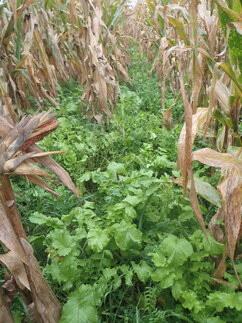 By Kevin Brown- BCCD, Ag team Leader If you are a regular reader of the column, or you have read something that sparked your interest, or you just disagree with something you have read, here is your chance to talk about it. We have received a grant to hold two meetings to talk about a lot of the conservation practices that we continually talk about and promote. I am going to structure the meetings to be more informal where we can listen to each other and find out what experiences other locals have had. There are a lot of people out there that are a lot smarter than I am and they have maybe done things a certain way for a long period of time and have been very successful at it. Why wouldn’t we want to hear from them? If you would like to be one of “them”, or if you want to hear from “them”, make plans to be there. I think we have plenty of great topics to talk about. 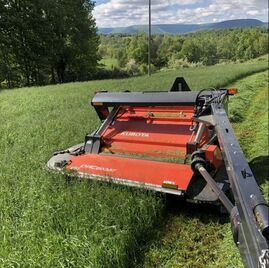 By BRIAN ZEIDNER Over the summer I shared some of my hay-making experiences with you. I wrote about using nitrogen fertilizer, commonly known as urea, on hay fields. Many hay producers really want to know — Is it worth it? To answer that question, we must measure the quantity and quality of the harvest. As noted previously, my first cutting off-farm, non-fertilized fields produced less than two round bales per acre, while my on-farm nitrogen-fertilized ground produced 5.5 round bales per acre. The increase in the amount of hay certainly seems substantial. I also measured the quality of the hay using forage tests. I am raising beef cows and although there are many forage considerations, I look closely at three different measures on my forage tests, Crude Protein (CP), Neutral Detergent Fiber (NDF) and Energy (TDN). Although I reference these factors there are many other measurements on forage tests that a professional nutritionist may use to make recommendations. 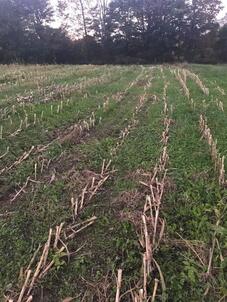 By: Kevin Brown, Ag Team Leader Greetings. I am not necessarily going to go in this order, but these will be the topics of discussion. And I will ramble on in between topics. First topic, requests. We have had this column for a couple years now. We have hit many topics. We have heard good things about the column, and I want to continue with it, but truthfully, I am running low on topics. We have many topics that we have knowledge about- solar, electric vehicles/power equipment, fossil fuels, anything environmental, ponds, insects, streams, dirt and gravel roads, forests, crop production, and the list goes on. Please contact us with what your interests are. You can hit us up on Facebook, our website www.bccdpa.com , or call us directly. We are here for conservation, but more importantly, education. That is our passion. 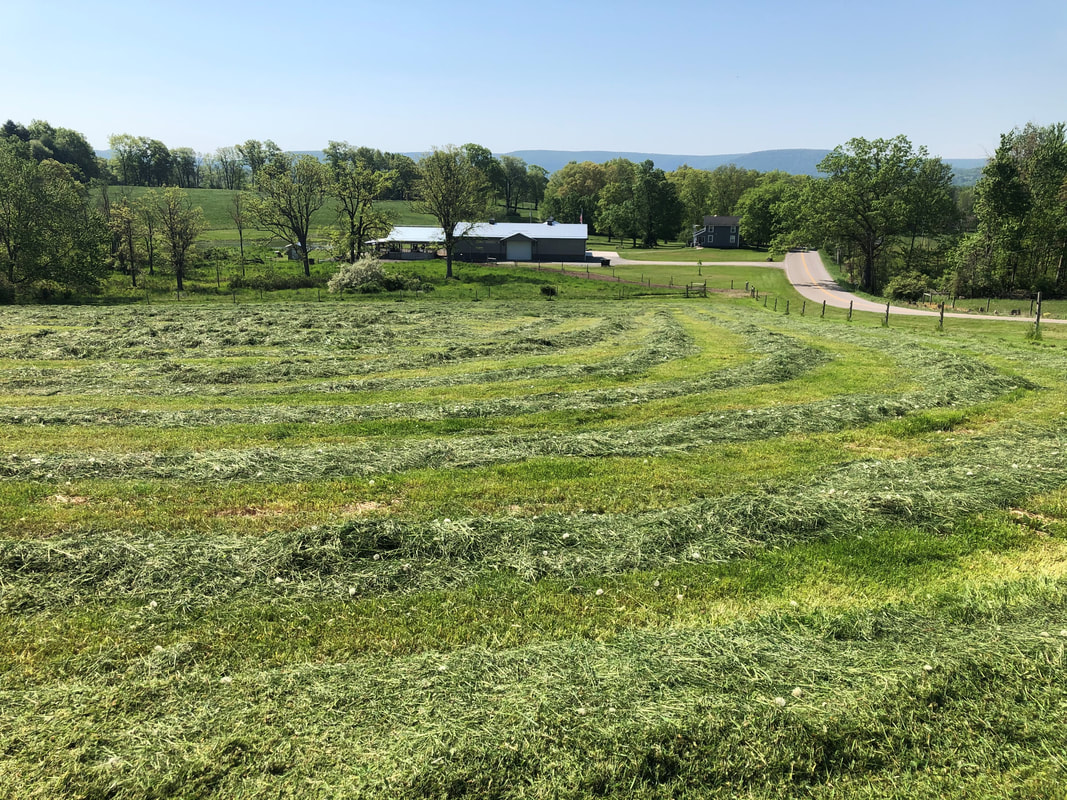 By: Brian Zeidner, Guest Columnist and Bradford County Beef Producer I have a confession. I dislike numbers. But I do like information and have found that if I want to know how well my small beef farm is running, I need to measure my progress and track the results. Tracking the grain inputs of steers when finishing and checking the grade of the beef after butchering lets me know and measure the quality of my product. Calculating manure application on the hay fields builds my soils and ensures I do not contribute to water quality issues with nutrient run-off. 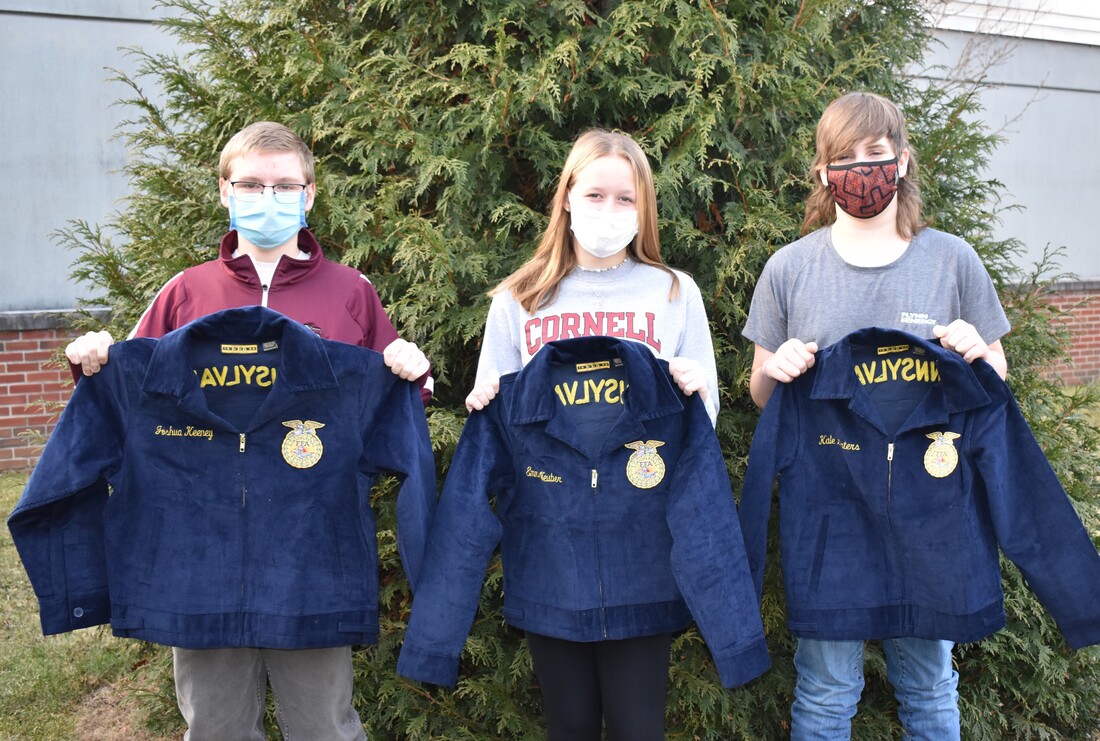 By: Nathan Dewing, Agricultural Team Leader, Bradford County Conservation District Farmers today face challenges. Farmers of any day have. So too will farmers of the future. That is one reason a group like the Future Farmers of America (FFA) exists – to help get them ready. Four Northeast Bradford High School students are now wearing blue and gold as they begin a series of leadership challenges that will shape them for life. Joshua Keeney, Emma Neuber, Kale Winters, and Kaleb Keeney are obviously willing to grow as they don their first FFA jacket in January 2021. Their jackets were awarded to them from the Pennsylvania FFA Alumni Association after each wrote an essay about what the FFA jacket means to them and about their plans in FFA and in agriculture. 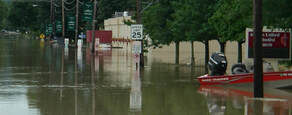 By: Kevin Brown, Agricultural Resource Specialist Right here in Pennsylvania! Sound crazy? Sound like something that the government came up with just to get some more of YOUR hard-earned money? Maybe, but it is happening. And, as much as you may think it’s a crazy idea, it has some validity behind it. I know I possibly could start a firestorm here but read on for where this notion is coming from and why we do need to do something about it. There may be better ideas how to handle it, but here is the concept:  By: Nathan Dewing, Agricultural Team Leader Think about all the places where you like water to be. The list might include the backyard babbling brook, the seashore, beside the Lake House, under your boat, household plumbing, and your glass complete with ice cubes. There are also plenty of places where you don’t want it like your yard, driveway, basement, or living room. To get it right, we must look at our soil. 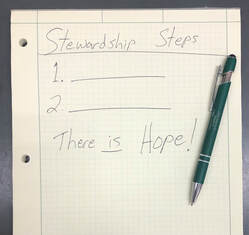 By: Nathan Dewing, Agricultural Team Leader January and new patterns of growth go well together. Our understanding of stewardship, or lack thereof will set us up for 2021 growth or shrinkage (and don’t believe you are too old to grow). A Steward is “a person whose job is to manage the property of another person”, as defined by Webster. Stewardship is defined as “the careful and responsible management of something entrusted to one’s care.” Take stock of what you are stewarding and give yourself an evaluation. I suggest writing them down, perhaps in order of importance. Give yourself a grade – A, B, C, D; rate yourself 1 -10, or better yet, ask the one you are working for (the owner) how you’re doing. Before you let yourself off the hook too quickly, consider what it is that you really own. Here’s a hint, I believe – it’s what I brought with me when I was born and what I will take with me when I die. 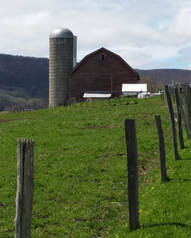 By: Amy Kneller, Ag Resource Specialist Are you interested in protecting farms, farmland, and a persons’ ability to farm? Protecting agriculture doesn’t always require a conservation easement – it can mean simply securing the right of farmers to farm without dealing with overly burdensome regulations. That’s the role of an Agricultural Security Area (ASA), where agriculture is a primary activity in the municipality. Farmers work with municipalities to develop ASAs, which demonstrate that farming is a local priority and promote more permanent and viable farming operations. |
AuthorsVarious staff at the Bradford County Conservation District Archives
April 2024
Categories
All
|
